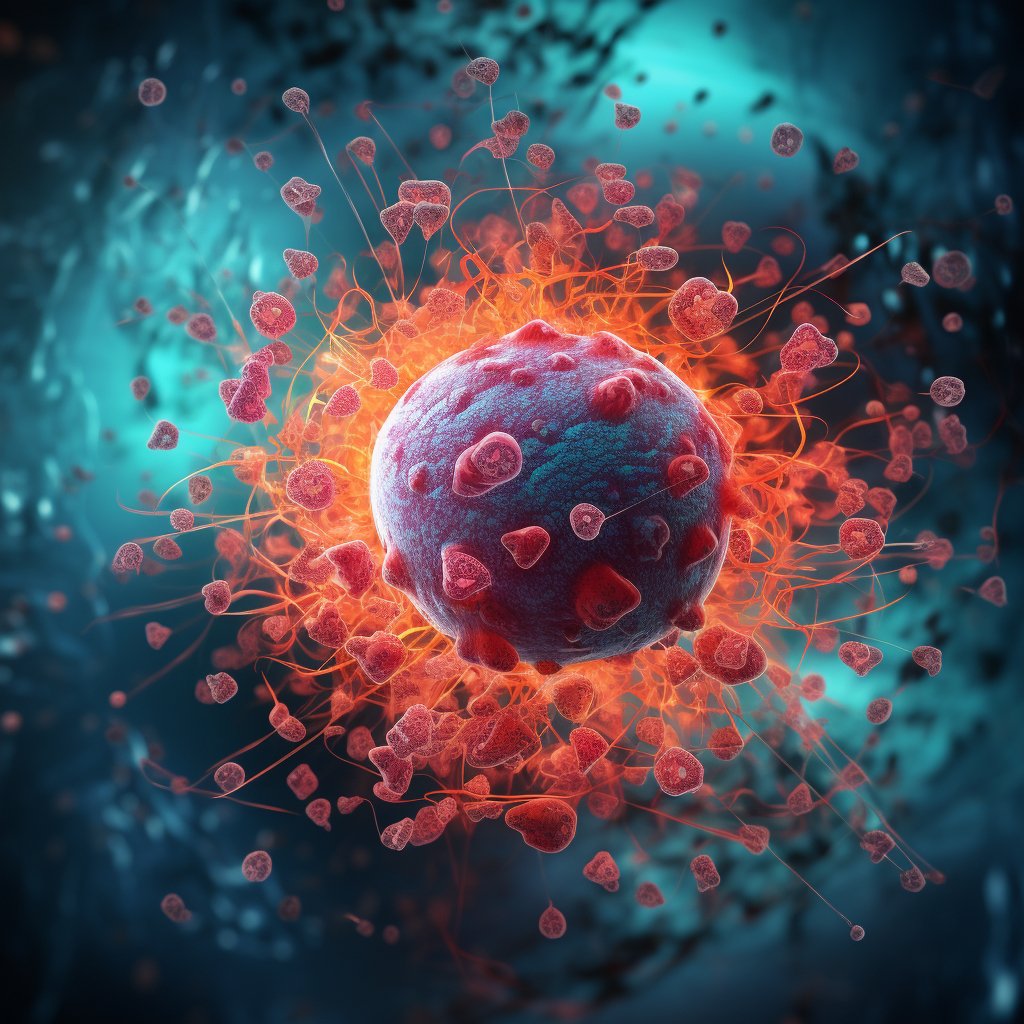
Shilajit: Energiser, Re – Vitaliser; What are DBP’s?
Share
Did you know that the mitochondria are the powerhouse of the cell…?
I want to deconstruct this for a moment. The Mitochondrial cells are organelles that are descendants of bacteria. Their Primary purpose is to produce large amounts of energy – ATP, Adenosine Triphosphate. ATP is a nucleotide that essentially provides energy to all cells.
Bear with me, we will get back to Shilajit in a second.
The way mitochondria produce the ATP is through something called the electron transport chain, which is pretty much what it sounds like, a chain of enzyme-based reactions that move an electron through 4 stages of proteins called complex’s 1 through 4. As it passes through it loses energy and creates Protons which essentially turns ADP into ATP… energy. The final step involves an enzyme called Cytochrome C. COQ10 (an antioxidant your body produces) is responsible for passing the electron on to Cytochrome C. COQ10 receives the electron from NADH.
NADH – COQ10 – ELECTRON TRANSPORT CHAIN (Cytochrome C) – ATP
Now, COQ10 has been shown to be somewhat unreliable as an electron donor and can turn into a pro-oxidant and contribute to free radical damage or fail to Redox properly. This sparked a series of researchers to look for a compound that would protect COQ10s’ redox state and prevent it from oxidising prematurely. Shilajit (we got there) contains a compound called DBP (Dibenzo-alpha-pyrones). This has been demonstrated to “improve the mitochondrial benefits attributed to COQ10” and has become a promising addition to COQ10/NADH as a therapy for physiological conditions and mitochondrial dysfunction. Shiljait is rich in DBP’s and is only one part of its multifaceted nature that make it incredible for energy production.
Combine this with the plethora of minerals and trace minerals that we no longer get from our food supply you have a supplement that increases energy, is a potent antioxidant and fills in nutritional mineral gaps that we all have from a deficient food supply.
In following blogs I will go over Carbon 60 and Fulvic acids, and how they too work to increase energy production.
- https://pharmacologyonline.silae.it/files/archives/2009/vol2/071.Sauryya.pdf
- https://www.ncbi.nlm.nih.gov/pmc/articles/PMC6271090/
- https://www.researchgate.net/publication/285677504_Shilajit_dibenzo-a-pyrones_Mitochondria_targeted_antioxidants
